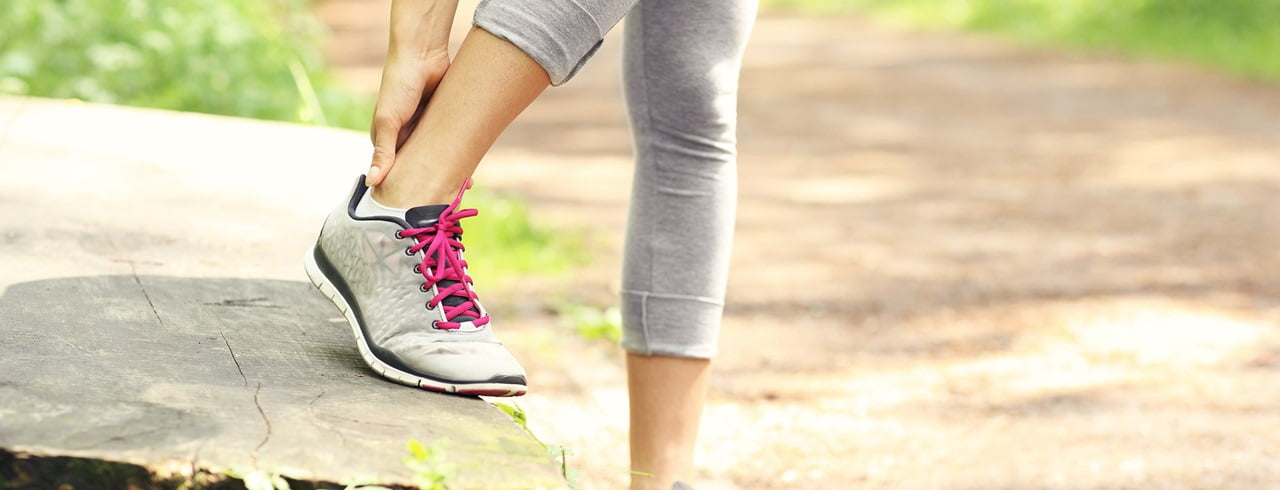
Jogging – without getting blisters on your feet
If an area of skin becomes irritated as a result of friction, the upper layers of skin may become detached from the lower ones. This gives rise to a small cavity which then fills up with tissue fluid. The blister becomes inflamed and begins to hurt.
Preventing blisters
New running shoes are one frequent cause of blisters. That's why it's important to give your feet time to get used to new trainers. Initially you should wear your new shoes around the house or on shopping trips, and then maybe go for a walk in them. When you start to run in the new shoes, it’s best to run for shorter periods at the beginning (up to 30 minutes) and then gradually increase the distance until the shoe is properly run in. Of course, it goes without saying that no one should ever take part in a competition, let alone a marathon, in new shoes.
When you’re buying new shoes, stand up in them and be sure that you have a thumb's width of space in front of your big toe.
Functional socks
Choosing the right socks can also help you avoid getting blisters. Avoid cotton socks which will quickly absorb moisture. Wet feet are practically a guarantee of blisters. You should try to find special running socks made from functional fibres which draw moisture away from the skin. They also fit the feet snugly, do not wrinkle, have no seams (or only flat ones) and are often padded in the right places to prevent blisters forming.
Alternatively, you could try wearing two pairs of thin socks, one on top of the other, which can help prevent friction with the skin. Very sensitive areas can be protected with blister patches or non-elastic tape bandages.
Treating blisters correctly
If despite all your efforts you still end up with a blister, it is important that you do not remove the skin. This will continue to act as a protective layer. The best approach is to cover the blister with a blister patch. If the blister has already burst, you should disinfect the area first. Leave the blister patch until it falls off by itself. If the wound does not heal or starts to produce a yellowish discharge, you should consult a doctor in order to prevent and/or treat any infection or inflammation.
Zurich Marathon – #RunTheCity
SWICA has caught running fever again this year and will be sponsoring the Zurich Marathon, among other things. After the virtual event last year, the Marathon, Half Marathon and City Run will again take place on the streets of Zurich and along the lake on Sunday, 10 April 2022. Get one of the few remaining spots now: Zurich Marathon.
30.03.2022




